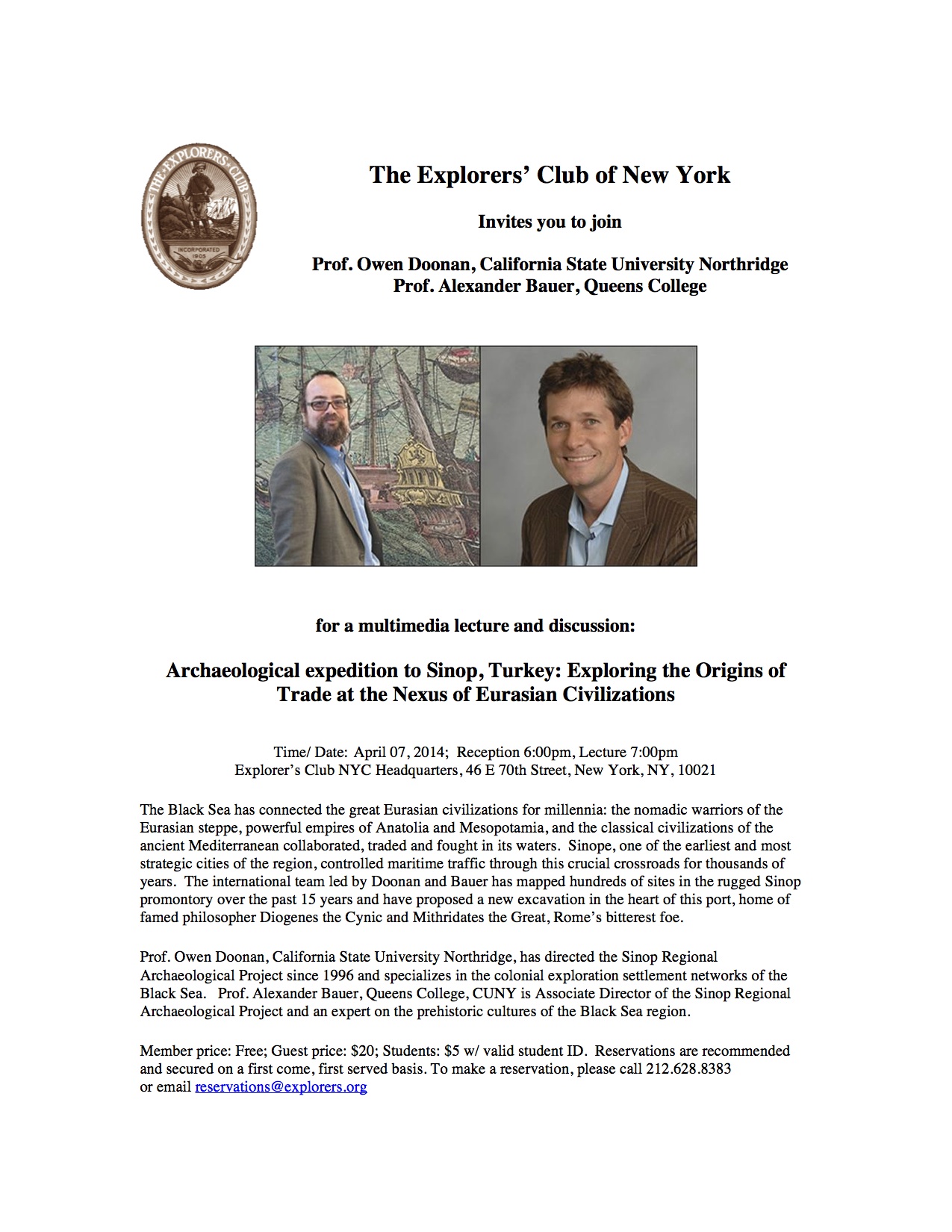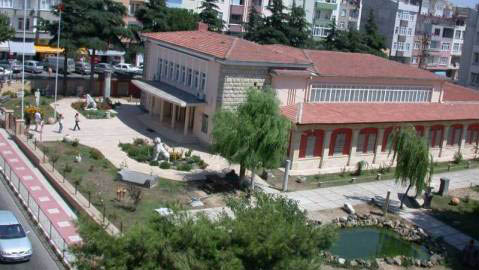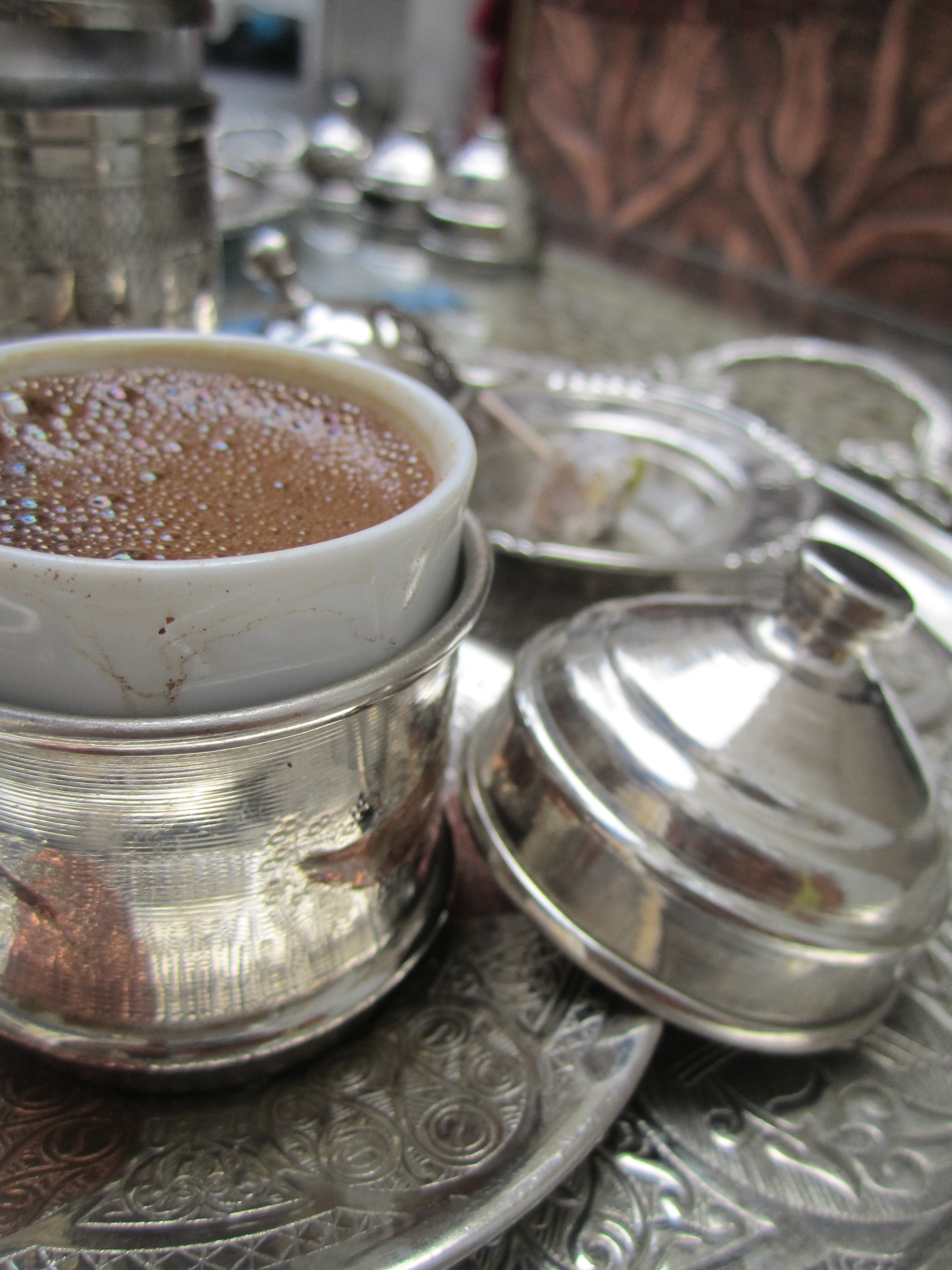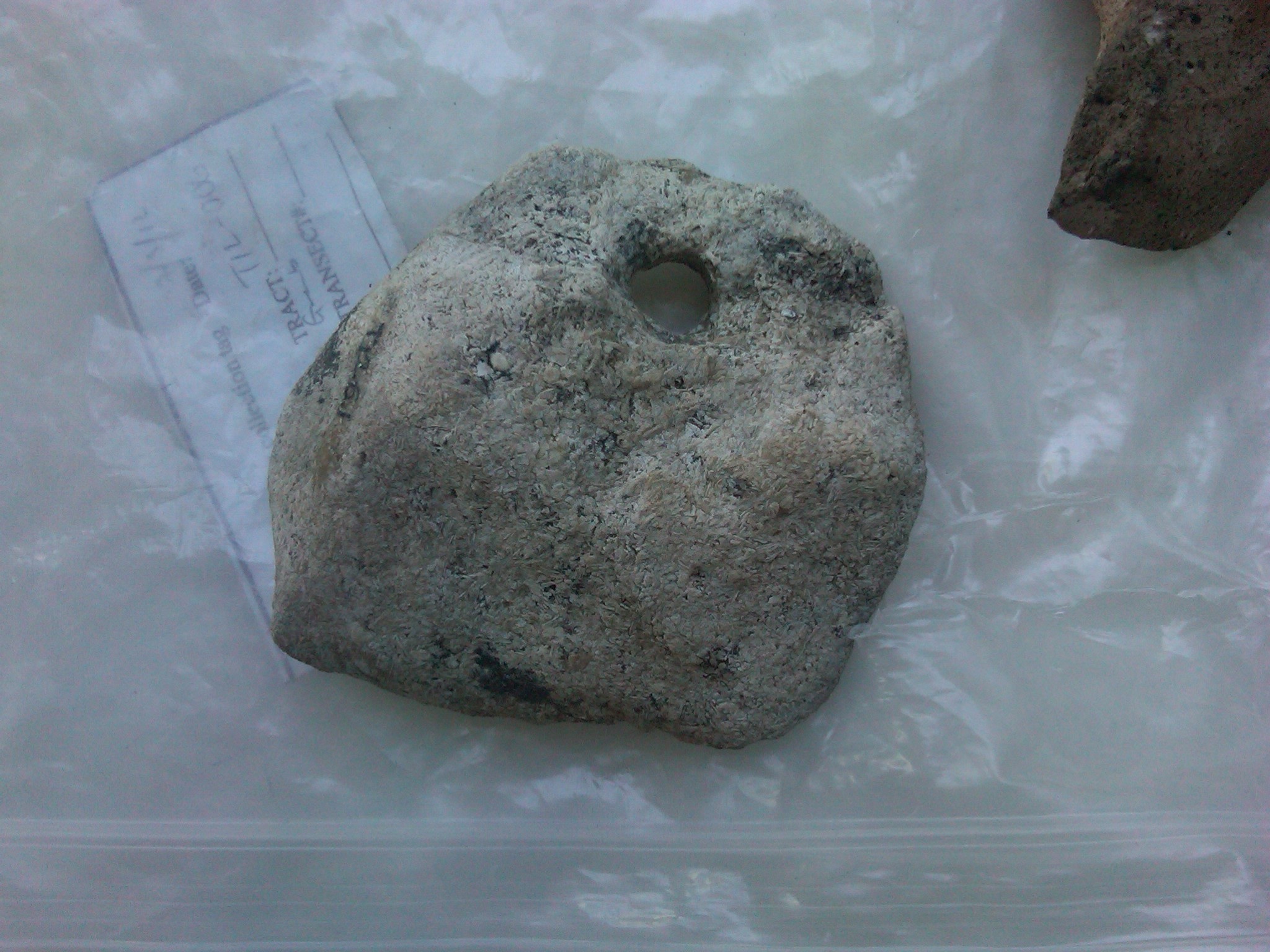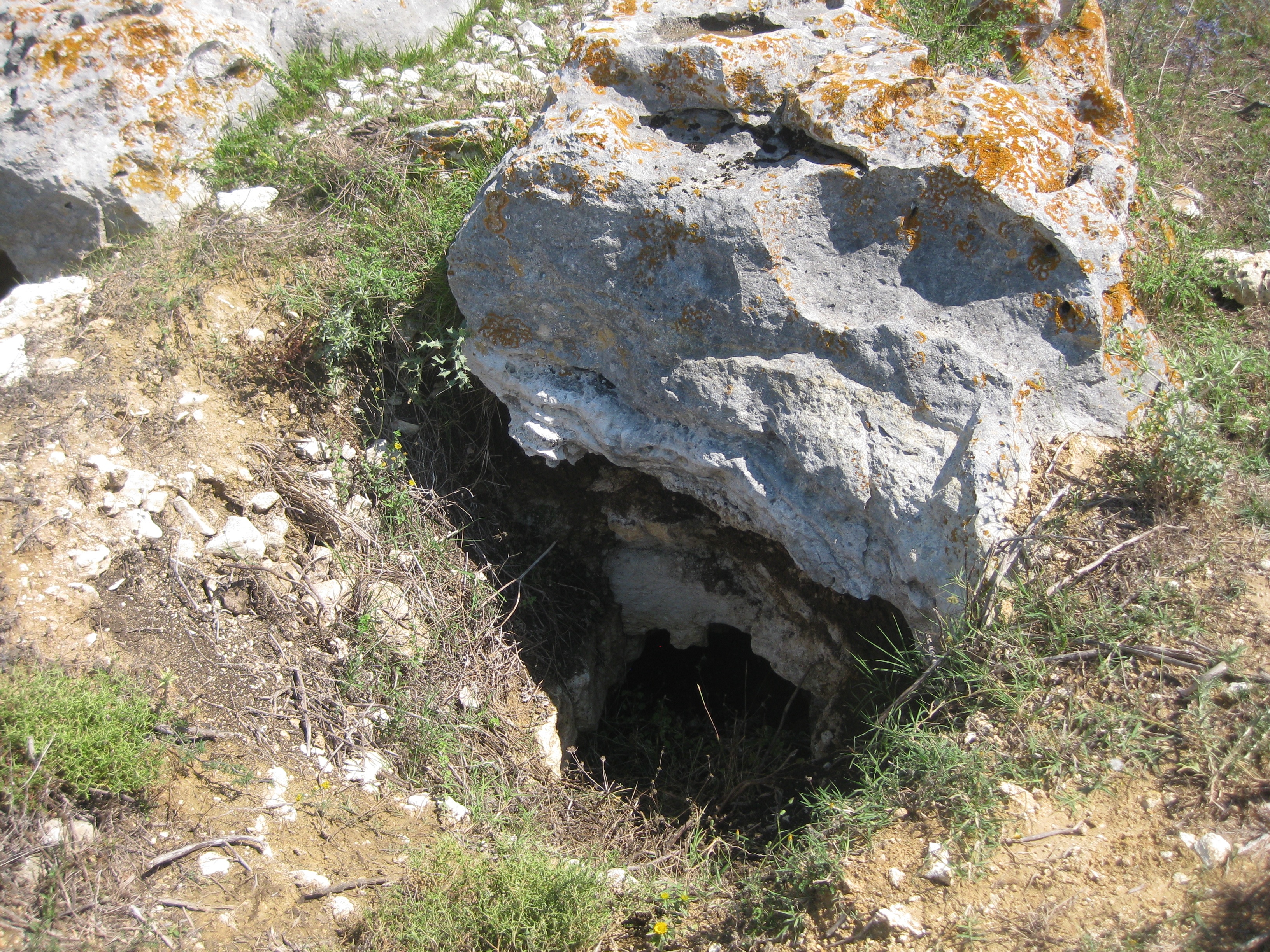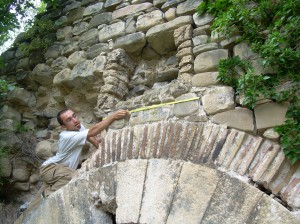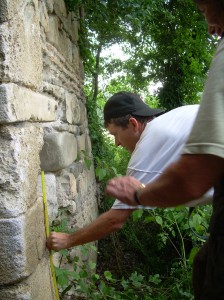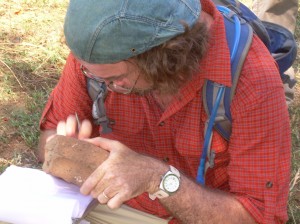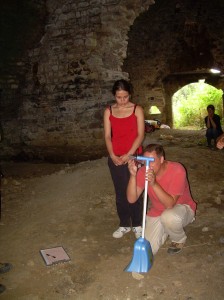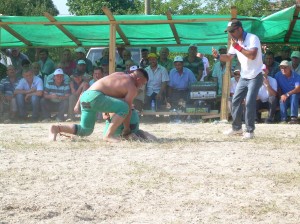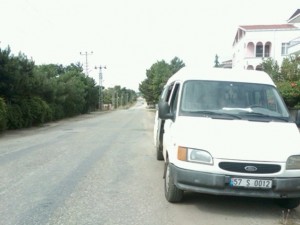NYC – Lecture Event w/ Alexander Bauer and Owen Doonan
Event Open to: Public
Date: April 07, 2014
Time: 6:00 Reception, 7:00 Lecture
Location: Explorer’s Club NYC Headquarters, 46 E70th Street, NY, NY, 10021
Description:
Sinop in the Black Sea: Exploring the Crossroads of Ancient Eurasia
Alexander Bauer and Owen Doonan will present the results of an archaeological survey and environmental research they conducted as directors of an international research team. The first part of the lecture will present the highlights of more than 15 years of research in the rugged hinterland of Sinop, Turkey. Sinop (ancient Sinope) was the first site colonized by the famed Ionian Greek city of Miletus in the southern Black Sea in the 7th century BC. The research led by Doonan and Bauer has demonstrated the area had a robust history of connection to other parts of the Black Sea extending more than three thousand years earlier. Sinope/ Sinop remained the pivot of Black Sea communications until the bombardment of the town by the Russians in 1853, the event that touched off the Crimean War. After presenting these highlights we will present a ten-minute excerpt from a short film that illustrates life on the survey. The lecture will resume with a preview of a new proposal to excavate the ancient city center. This is one of the iconic cities of the region: site of the first concrete evidence of cross-Pontic settlement, the birthplace and capital of King Mithridates VI (the ‘Poison King’) and philosopher Diogenes the Cynic.
Alexander Bauer is an Assistant Professor of Anthropology and Queens College and the Graduate Center, CUNY. He has conducted archaeological fieldwork in Greece, Israel, Jordan, and Turkey, and is currently the Associate Director of the Sinop Regional Archaeological Project in Turkey. His books include Social Archaeologies of Trade and Exchange (Left Coast Press, 2010, with Anna Agbe-Davies) and New Directions in Museum Ethics (Routledge, 2012, with Janet Marstine and Chelsea Haines), and he is currently writing The Black Sea in Prehistory (forthcoming with Equinox Press). He is an editor for the fully revised 2nd Edition of the Oxford Companion to Archaeology (Oxford UP, 2012) and has served as Editor-in-Chief of the interdisciplinary International Journal of Cultural Property since 2005.
Owen Doonan is Professor of Art History at California State University Northridge, where he was recently awarded the Jerome Richfield Fellowship, the University’s highest award for outstanding research. He has directed the Sinop Regional Archaeological Project since 1996, with support from the National Endowment for the Humanities, National Geographic Society and various public and private sponsors. He has published books including Sinop Landscapes: Exploring Connection in the Hinterland of a Black Sea Port (Univ. of Pennsylvania Museum 2004), more than 50 articles and abstracts, and is currently preparing a monograph examining the history of interaction in the Black Sea. His work has been recognized with numerous prizes and awards including an Alexander von Humboldt Fellowship to Germany, a Getty Residential Fellowship, American Research Institute in Turkey, IREX and other organizations.
Member Ticket price:
Free
Guest Ticket Price:
$20
Student Ticket Price:
Free to EC Student Members, $5 w/ valid student ID
Reservation Notes:
Reservations are secured on a first come, first served basis.
To make a reservation, please call 212.628.8383
or email reservations@explorers.org
